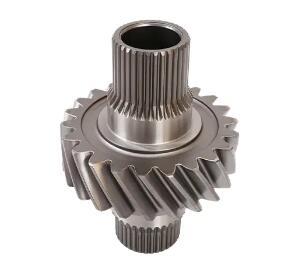Right angle gear reducers offer several advantages that make them a popular choice in many mechanical systems. One of the primary benefits is their ability to change the direction of power transmission without compromising on performance. This capability is particularly useful in applications with spatial constraints, allowing for more flexible system designs. Additionally, right angle gear reducers are known for their robustness and ability to handle high torque loads, which is essential in demanding industrial applications.
Efficiency is another significant advantage of right angle gear reducers. While the efficiency can vary depending on the type of gears used (bevel or worm), modern designs have minimized friction and energy loss, making them suitable for applications where energy efficiency is a priority. The ability to achieve high reduction ratios with minimal space requirements also makes these reducers a cost-effective solution for many systems.
However, there are considerations to keep in mind when selecting a right angle gear reducer. The type of gears used will impact the overall efficiency and performance of the reducer. For example, while worm gears provide high reduction ratios and precise control, they can generate more heat and require more frequent lubrication compared to bevel gears. Additionally, the specific requirements of the application, such as load capacity, speed, and environmental conditions, must be carefully evaluated to ensure the right gear reducer is chosen.
In conclusion, right angle gear reducers are versatile and efficient components that enhance the performance and reliability of various mechanical systems. By understanding their advantages and potential limitations, engineers can make informed decisions to optimize their applications, ensuring long-term success and efficiency.
